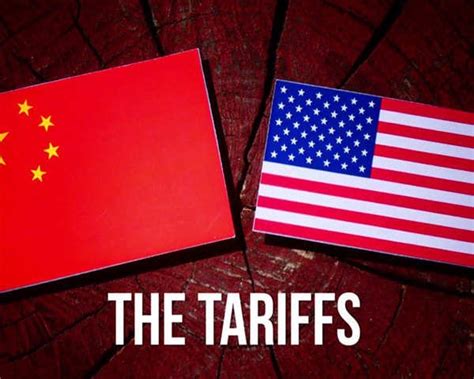On April 2, 2025, U.S. President Donald Trump declared “Liberation Day,” imposing sweeping tariffs on global trade partners, including a 10% universal tariff on all imports and reciprocal tariffs targeting over 60 nations. China, America’s largest electronics supplier, faced the harshest blow—a staggering 145% total tariff on its exports to the U.S. .
The move sent shockwaves through China’s electronics sector, disrupting supply chains, forcing price cuts, and accelerating a global manufacturing exodus. This is the story of how China’s electronics industry is scrambling to survive in the face of America’s most aggressive trade war yet.
1. The Tariff Onslaught: From iPhones to Semiconductors
A. The 145% Hammer Blow
Trump’s tariffs on China escalated rapidly:
- February 2025: A 10% tariff on Chinese goods, later raised to 20%.
- April 2, 2025: A 34% reciprocal tariff, pushing the total to 54%.
- April 9, 2025: After China retaliated with an 84% duty on U.S. goods, Trump retaliated again, imposing a 125% tariff on top of the existing 20%, bringing the total to 145% .
B. The Immediate Fallout
- Apple iPhones: The iPhone 16 Pro Max, priced at $1,199, could see a 67% price hike ($800 increase) if fully passed to consumers .
- PlayStation 5: A $499 console could jump to $1,099 .
- Everyday Electronics: TVs, laptops, and smart devices—largely assembled in China—face steep cost increases.
Chinese electronics giants, already reeling from U.S. sanctions, now confront an existential threat: either absorb the tariffs and bleed profits or lose the U.S. market entirely.
2. China’s Countermeasures: Retaliation and Resilience
A. Retaliatory Tariffs (84% on U.S. Goods)
China struck back with:
- 84% tariffs on U.S. coal, LNG, agricultural machinery, and tech products .
- Export controls on rare earth minerals (critical for semiconductors and defense tech) .
- Blacklisting U.S. firms (43 companies added to the Export Control List) .
B. Domestic Survival Strategies
- Discounts to Indian Buyers: Chinese component makers slashed prices by 5% to retain non-U.S. clients .
- Boosting Domestic Demand: Firms like Cambricon Technologies (AI chips) and Loongson (CPUs) emphasized self-reliance, claiming “no impact” due to prior U.S. sanctions .
Yet, with 75% of India’s electronics components still sourced from China, Beijing hopes to offset U.S. losses by deepening ties with emerging markets .
3. The Global Supply Chain Earthquake
A. The “China Plus One” Strategy Collapses
Many firms had shifted production to Vietnam, India, and Taiwan to avoid Trump’s first-term tariffs. But now:
- Vietnam faces 46% tariffs
- India faces 26% tariffs
- Taiwan faces 32% tariffs
“The entire logic of global supply chains has been decimated,” said Cornell economist Eswar Prasad .
B. India’s Golden Opportunity?
With a 90-day tariff pause, India’s electronics industry is lobbying for incentives to attract fleeing manufacturers . However, Vietnam’s superior infrastructure still makes it a stronger alternative .
4. Long-Term Consequences: Winners and Losers
A. Winners
- India & Vietnam: Could gain factories if tariffs persist.
- U.S. Semiconductor Makers: Exempt from tariffs, may see reshoring .
B. Losers
- Chinese Electronics Giants: Firms like Foxconn face billions in lost orders.
- U.S. Consumers: Higher prices on everything from iPhones to gaming consoles.
- Global Tech Innovation: R&D budgets may shrink as firms prioritize cost-cutting.
Conclusion: A New World Order in Electronics?
Trump’s tariffs have reshaped global electronics trade overnight:
- China is scrambling to retain market share outside the U.S.
- India and Vietnam are racing to absorb displaced supply chains
- U.S. consumers face sticker shock as prices soar
The only certainty? The era of cheap Chinese electronics in America is over. Whether this leads to a U.S. manufacturing revival—or just higher costs and slower innovation—remains to be seen.



